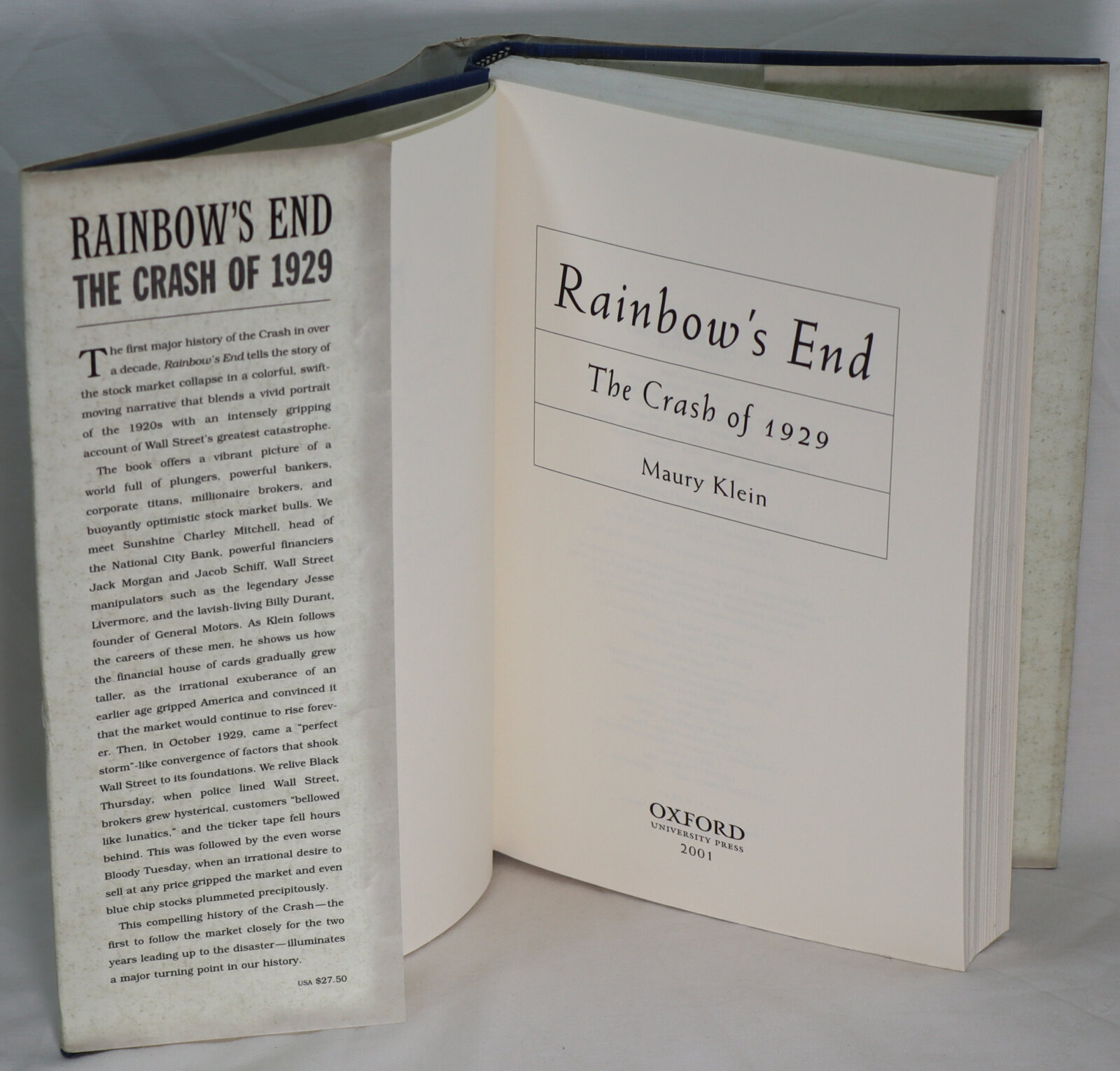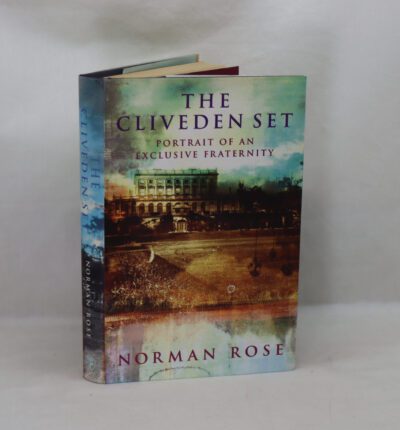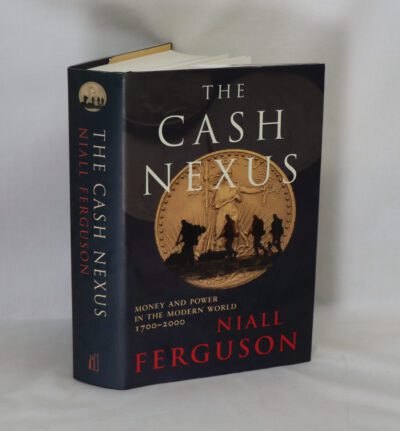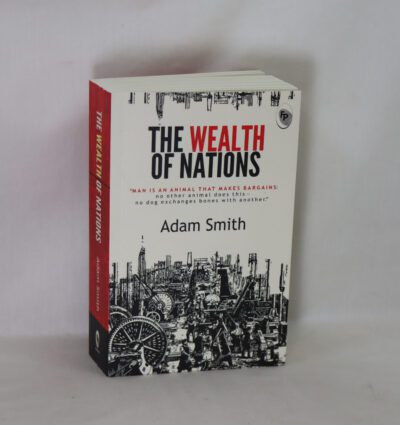Rainbow's End. The Crash of 1929.
By Maury Klein
ISBN: 9780198030904
Printed: 2001
Publisher: Oxford University Press. Oxford
| Dimensions | 17 × 24 × 4 cm |
|---|---|
| Language |
Language: English
Size (cminches): 17 x 24 x 4
Condition: Fine (See explanation of ratings)
Your items
Item information
Description
In the original dustsheet. Navy cloth binding with gilt title on the spine.
F.B.A. provides an in-depth photographic presentation of this item to stimulate your feeling and touch. More traditional book descriptions are immediately available.
Few single events have affected business and society in the US as profoundly and in such a short time as the Wall Street crash of 1929. In this book, the author puts into perspective the many conflicting theories of what caused the crash, what role speculation did or did not play, whether or not it could have been avoided, and what role it played in bringing on the Depression. The book explores the decade before the crash, outlining the heady years of the bull market and describing an era of unprecedented technological development, optimism and expanding wealth. The decade saw the burgeoning of a mass society and a popular culture driven by media and advertising, and a free market marked by unregulated banking and credit systems and get-rich-quick schemes. Maury Klein argues that the stock market crash marked a turning point in American history, where the failure of self-regulating individualism led to an overhaul of the financial system and much more government regulation. It threw into question the beliefs in the American dream spawned by the 20s and preceded a period of deep Depression, not only economically but in regard to the most fundamental American values. The book draws on a variety of people, developments and events to illuminate these themes: Jack Morgan, Richard Whitney, Joseph Kennedy, Charles Mitchell, Herbert Hoover, John J. Raskob and Alexander J. Noyes.
Review: I really enjoyed this book both because of the writing style and content. The writing style is a strong narrative with various good characters and events, and is written to show the points of views of many people (from various walks of life) who participated in, and were affected by, the big crash. To me, it was a fun and engaging read, not at all tedious like so many financial and/or history books. The content of the book was 3/4 on the main story, and about 1/4 on the reference list, so the book content is definitely rooted in the reality and newspapers and sources of the time. I liked how the author did such a good job of weaving quotes from the historical record into the narrative — it usually felt that I was right there, listening to a reporter or someone who was relating yesterday’s news (hot off the press) and providing insightful analysis. I see that other reviewers do not favour this book as much as Galbraiths book (or others), mostly it seems because this book does not contain the super-detail or academic analysis that the other books do. From my point of view, the “lack” of endless analytical detail is a good thing, not a bad thing. This book was intended to be a story from the people’s point of view, with many quotes from the newspapers and people of the time, very readable and accessible to anyone who wanted a story about the 1920s, the moods and trends of the time, and about the crash event itself. And I think the book does an excellent job of achieving its goal. I would definitely recommend this book to my friends, or anyone who is interested in the people and moods of the 1920s and the crash. I really enjoyed it.
Maury Klein is Professor of History at the University of Rhode Island and one of the most acclaimed historians of American business at work today. He is the author of many books, includingThe Life and Legend of Jay Gould (a Pulitzer Prize finalist), Unfinished Business: The Railroad in AmericanLife, and Days of Defiance: Sumter, Secession, and the Coming of the Civil War. Maury Klein is Professor of History at the University of Rhode Island.
Want to know more about this item?
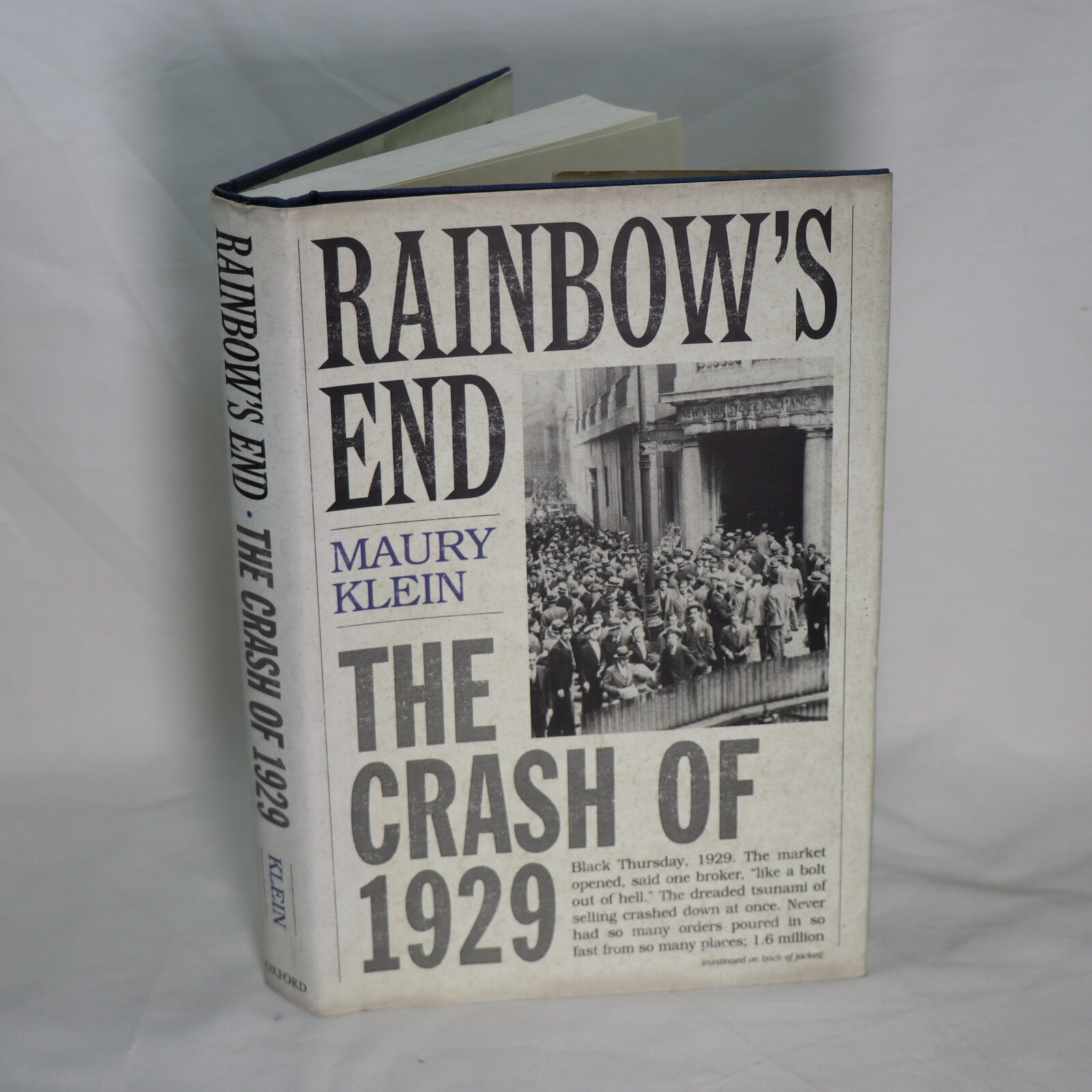
Share this Page with a friend

